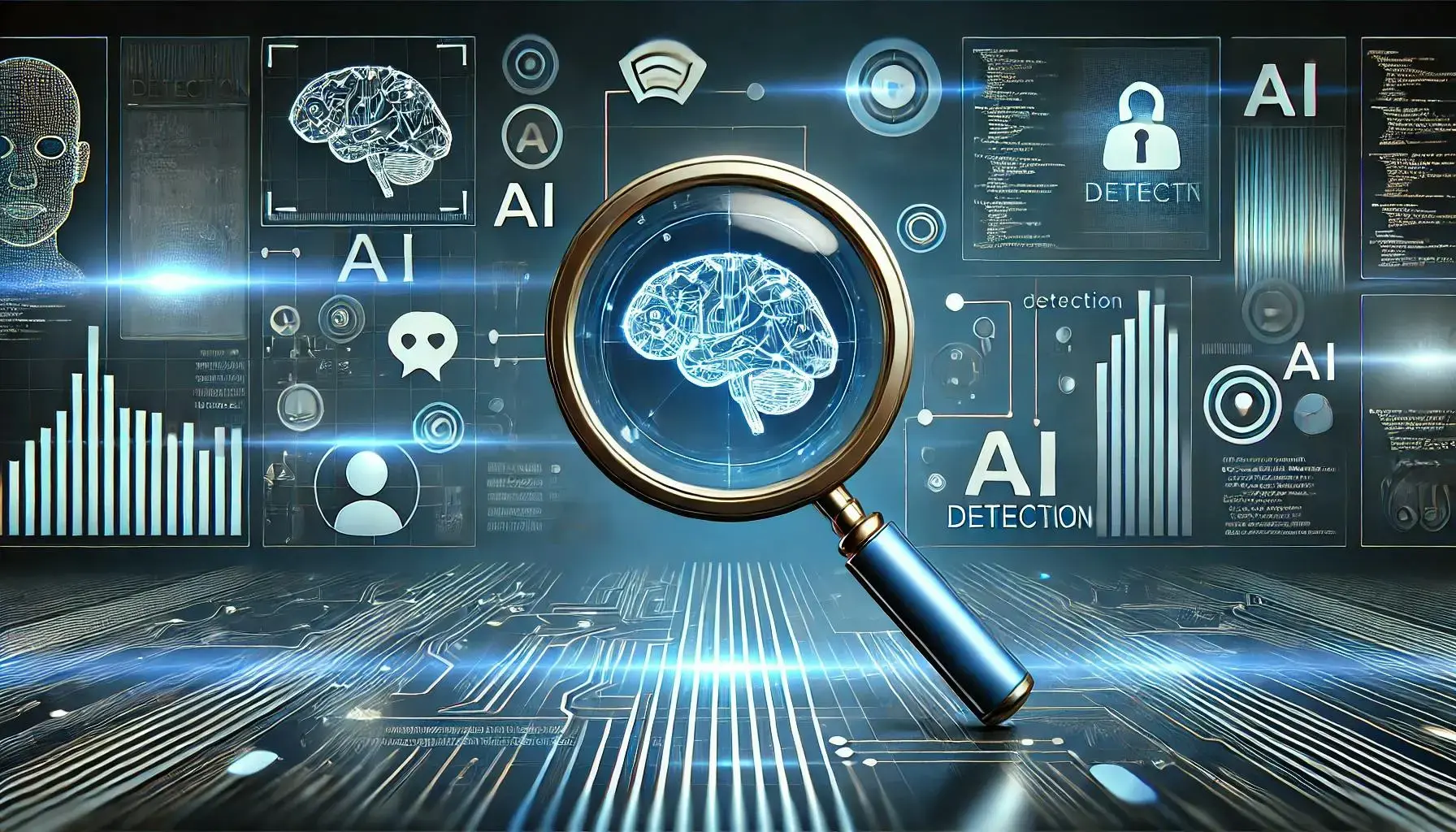Artificial intelligence has changed the way we approach writing, communication, and creativity. From generating blog posts in seconds to assisting with professional reports, AI-powered platforms have become essential tools for students, businesses, and creators. But this rapid adoption has sparked two equally important trends: the rise of the AI Detector and the growing demand for an AI Humanizer. Together, these tools shape the way we ensure authenticity, trust, and readability in digital content.
The Rise of AI Detection
As AI-generated text floods the internet, organizations have been searching for reliable ways to distinguish between human and machine writing. This is where AI Detection comes into play. An AI Detector uses advanced algorithms to identify patterns that reveal whether a piece of content was written by an AI system.
AI detectors are widely used in education to check for academic integrity, in journalism to validate sources, and in corporate environments to ensure originality. The main advantage of detection is transparency—by identifying the presence of AI, these tools help maintain credibility in contexts where human authorship matters.
Where AI Detectors Struggle
Despite their importance, AI detectors are not flawless. They can:
- Produce false positives, incorrectly flagging genuine human work as AI-generated.
- Miss advanced AI outputs, especially when text has been paraphrased or slightly altered.
- Struggle with multilingual content, as detection models are often optimized for English.
These shortcomings reveal why relying solely on AI detection is not enough in today’s fast-moving digital ecosystem.
Enter the AI Humanizer
On the other side of the spectrum is the AI Humanizer. Unlike detectors, which focus on identifying AI text, a humanizer works to transform it. The goal is to take an AI-generated draft and polish it until it reads as if it were crafted by a human.
An AI Humanizer does more than reword sentences. It enhances tone, restructures phrasing, and adds nuance to ensure the text flows naturally. The end result is writing that feels authentic, engaging, and aligned with human communication standards.
Why the Combination Matters
Rather than viewing AI Humanizer and AI Detector as competing tools, the real value comes when they are used together. Consider the following process:
- Generate Drafts with AI – Creators can use AI systems to brainstorm, outline, or draft text quickly.
- Run AI Detection – Before publishing, they test the content using an AI Detector to see how it would be flagged.
- Refine with AI Humanizer – If detection reveals machine-like phrasing, the text is passed through a humanizer to improve authenticity and readability.
This approach not only safeguards credibility but also maximizes efficiency by blending machine speed with human-like expression.
Who Benefits the Most?
- Students: Gain assistance drafting essays with AI but refine them using an AI Humanizer to ensure a natural voice, while teachers rely on detection for fairness.
- Businesses: Marketing teams use AI for initial copy, check originality with AI Detection, and finalize campaigns with an AI Humanizer to keep messaging authentic.
- Writers: Authors and journalists use detection to verify sources and humanizers to elevate drafts into engaging content.
- Organizations: Corporations ensure internal reports maintain professionalism by blending both tools.
The Ethics Behind It
The growing popularity of AI Humanizer tools has sparked debate. Some argue that using them to bypass AI detectors undermines integrity, especially in academic or professional settings. Others see them as valuable editing assistants that improve readability rather than conceal authorship.
The ethical line often depends on context. In marketing and branding, using an AI Humanizer to refine copy is widely accepted. In education, however, transparency is essential, and misuse could cross into dishonesty.
The Future of Humanizing and Detecting AI
The interplay between AI Humanizer and AI Detector tools is likely to intensify as AI itself becomes more advanced. Detectors will improve in accuracy, adapting to new writing models, while humanizers will become more sophisticated in mimicking natural expression.
This evolving relationship will drive a cycle of innovation—detectors becoming stricter, humanizers becoming smarter. The outcome will be a new standard of content creation where humans and machines collaborate more seamlessly.
Conclusion
The modern content landscape requires both AI Humanizer and AI Detection tools. While an AI Detector ensures integrity and transparency, an AI Humanizer guarantees readability, flow, and authenticity. Together, they provide the balance needed in a world where AI is not just a tool but a partner in communication.
For creators, educators, and businesses alike, embracing both sides of this equation ensures content that is not only efficient but also trustworthy and human at its core.



